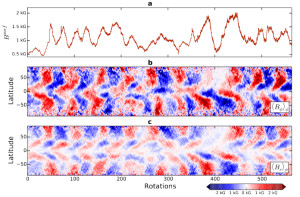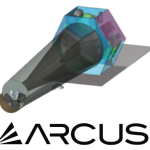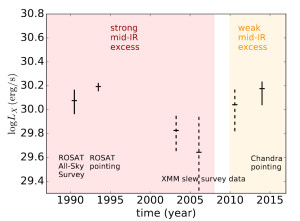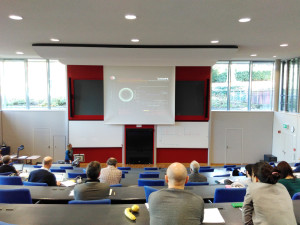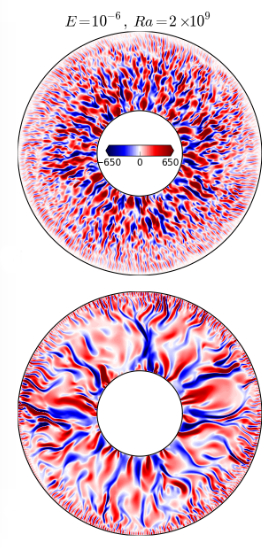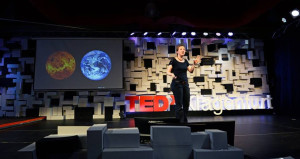New paper: Testing if Fomalhaut b is a neutron star
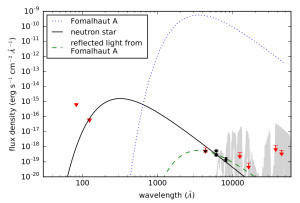
Happy to report that our paper has also been picked for presentation on the Astrobites blog: https://astrobites.org/2017/03/24/a-neutron-star-in-the-eye-of-sauron/.
Here’s the abstract of the paper:
Fomalhaut b is a directly imaged object in the debris disk of the star Fomalhaut. It has been hypothesized to be a planet, however there are issues with the observed colours of the object that do not fit planetary models. An alternative hypothesis is that the object is a neutron star in the near fore- or background of Fomalhaut’s disk. We test if Fomalhaut b could be a neutron star using X-ray observations with Chandra’s HRC-I instrument in the energy range of 0.08-10 keV. We do not detect X-ray emission from either Fomalhaut b or the star Fomalhaut itself. Our nondetection corresponds to an upper limit on the X-ray flux of Fomalhaut b of FX < 1.3e-14 erg/cm/s^2 in the energy range 0.08-10 keV. For the A-type central star Fomalhaut, we derive an X-ray upper limit of LX < 2e25 erg/s in the energy range 0.08-10 keV. Fomalhaut b’s X-ray non-detection constrains the parameter space for a possible neutron star significantly, implying surface temperatures lower than 91000 K and distances closer than 13.3 pc to the solar system. In addition we find that reflected starlight from the central star fits the available optical detections of Fomalhaut b; a smaller planet with a large ring system might explain such a scenario.
“A Test of the Neutron Star Hypothesis for Fomalhaut b”, published in MNRAS stx565, 04 March 2017, Poppenhaeger, K.; Auchettl, K.; Wolk, S. J.
